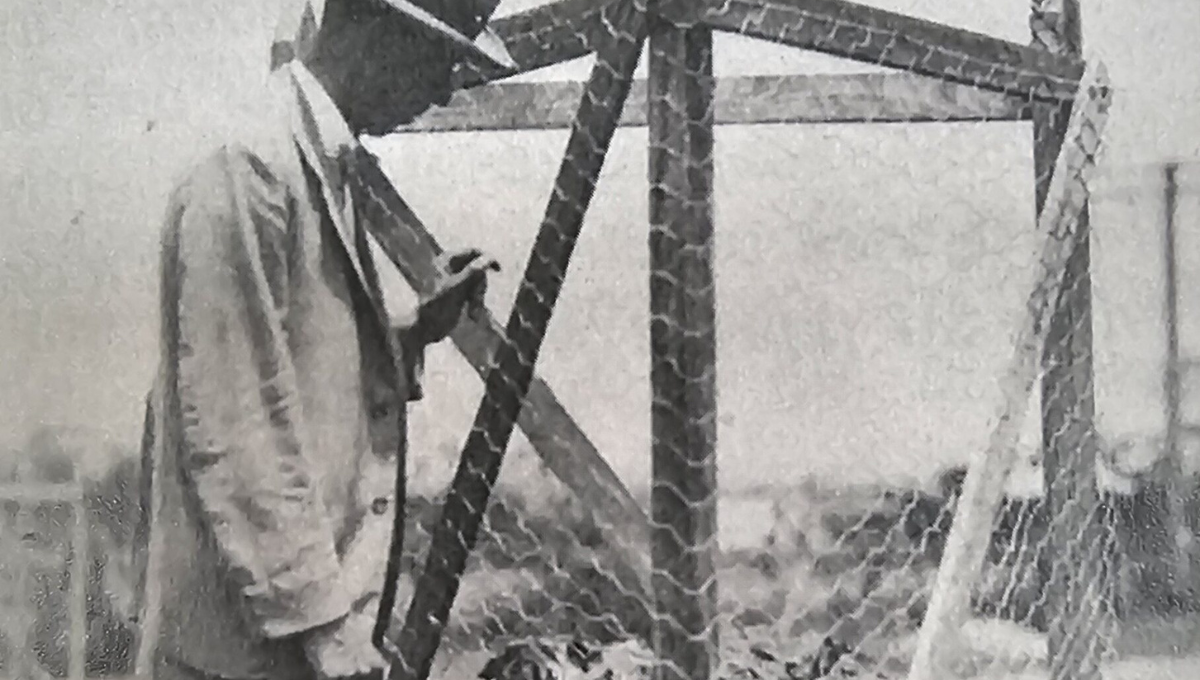Since 1950, locals have called the tree-lined hilltop on Anzac Avenue ‘Mango Hill,’ despite proposals to name it ‘Pine View’ or ‘Palm View.’ Mango Hill was decreed as an official suburb in September 1980, but prior to this, underwent multiple name changes.
Once forming a buffer zone between two Indigenous clans – the North Pine clan of the Turrbal people and the Ningy Ningy clan of the Gubbi Gubbi (Kabi Kabi) – the Mango Hill area opened to selectors after the Moreton Bay penal settlement closed in 1842. William Cribb acquired 1500 acres for grazing east and west of Redcliffe Road (now Anzac Avenue) in 1873, while pioneers like Petrie and Griffin preferred more fertile agricultural land along the North and South Pine Rivers, labelling Mango Hill “no man’s land”.
Known then as Freshwater Hill, Humpy Bong (Redcliffe) police officer Alexander Campbell selected 740 acres in this area in 1874. To meet the occupation conditions of his acquisition, he housed a bailiff in a bark hut on the property and selected another 160 acres in 1875. On his retirement, he sold the holding to John Harrop Henzell, a real estate agent and developer.
Discover Mango Hill: From Early Names to Official Suburb and Iconic Mango Tree Avenue
With land speculation rife in 1885, Henzell subdivided 900 acres into “small country allotments’ naming it ‘Campbelltown’. Years ahead of its time, the sales struggled, compounded by the 1890s economic depression. The Kinsella brothers purchased the land in 1891 and used it for breeding and training police horses. In 1928, they are recorded as running a dairy farm they named Allesnik (Kinsella spelt backwards) in the area.
By 1921, the war was over. The advent of the motor car had made Redcliffe a popular tourist destination. The Royal Automobile Club of Queensland (RACQ) president, Mr TJ Rothwell, campaigned to upgrade Redcliffe Road with a memorial Anzac tree planting to honour the fallen soldiers. Rothwell said it would enhance aesthetics, improve property values and provide work for the unemployed returned soldiers.
In 1926, aided by public subscriptions, a 700-metre avenue of mango trees (Mangifera indica) was planted between the Bruce Highway and Kinsellas Road, in the area called ‘East Kallangur,’ as part of the Anzac Avenue Tree Planting Project.
Nearly a century later, the mango trees remain a flourishing and iconic landscape feature and the trigger for Mango Hill’s official name. In 2006, two further subdivisions created North Lakes and Capestone Village, marking the final name changes for the locality.
Read more stories from The North Lakes Guide print magazine here:
- 6 Things To Do After School In and Around North Lakes
- A Tribute to Music Legends
- Get Colourful to Raise Funds for Pups in Need
- Shining a Light On Leukaemia
- Louise’s Locks Get the Chop
- Tribute Band Replicates Power and Passion of Midnight Oil
- Moreton Bay Women’s Shed
- Mueller College Aviation Celebrates Plane Build Milestone
- Neon Disco Party – KIDS Only!
- North Lakes Library: More Than Just Books
- Experience Natural Wonders at Osprey House
- A Musical That’s Out of This World
- It’s ASTOUNDING! Rocky Horror High Tea with Drag Queens
- Seasons Gardening Club
- A Blooming Good Show
- What’s Hot Around Town
Photos by Marnie Birch; Strathpine Library Local History Collection
